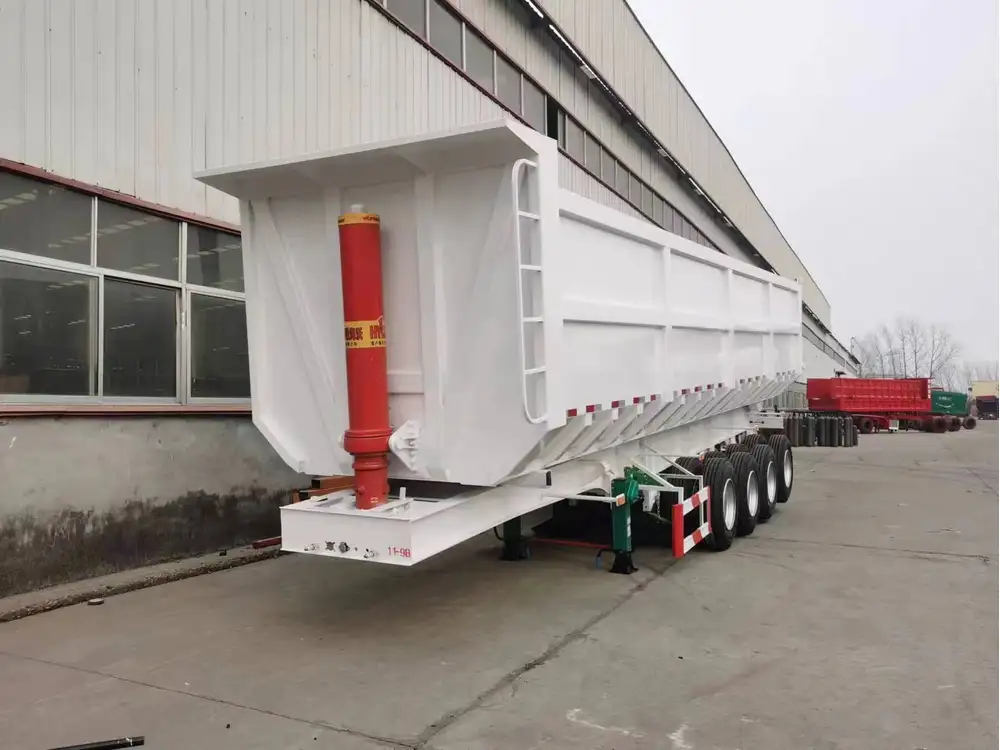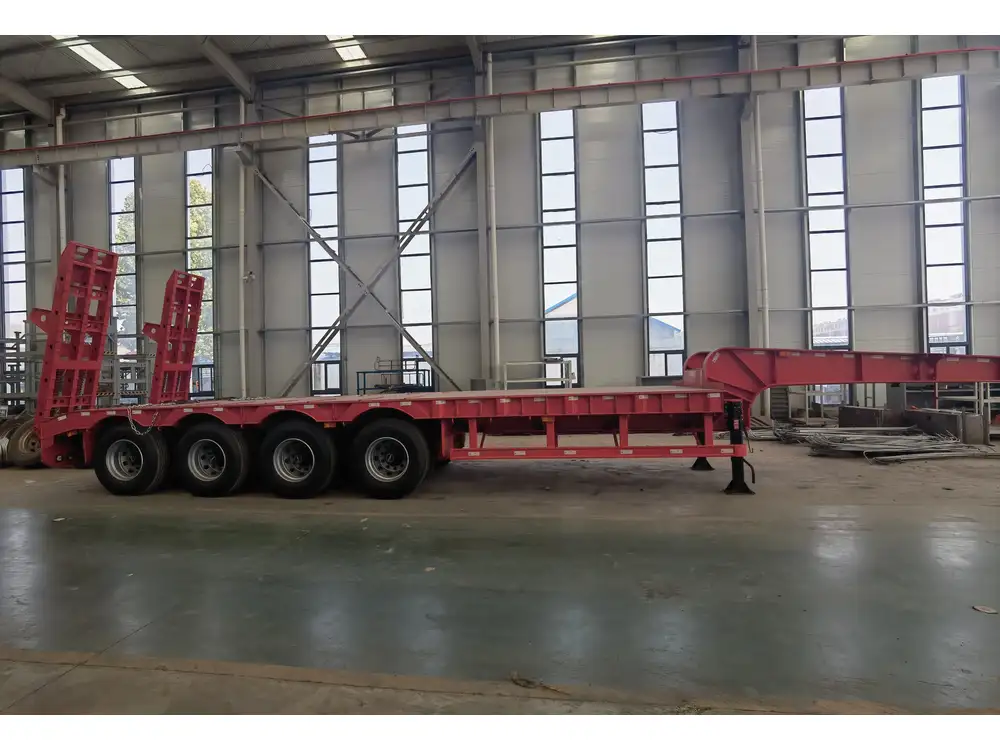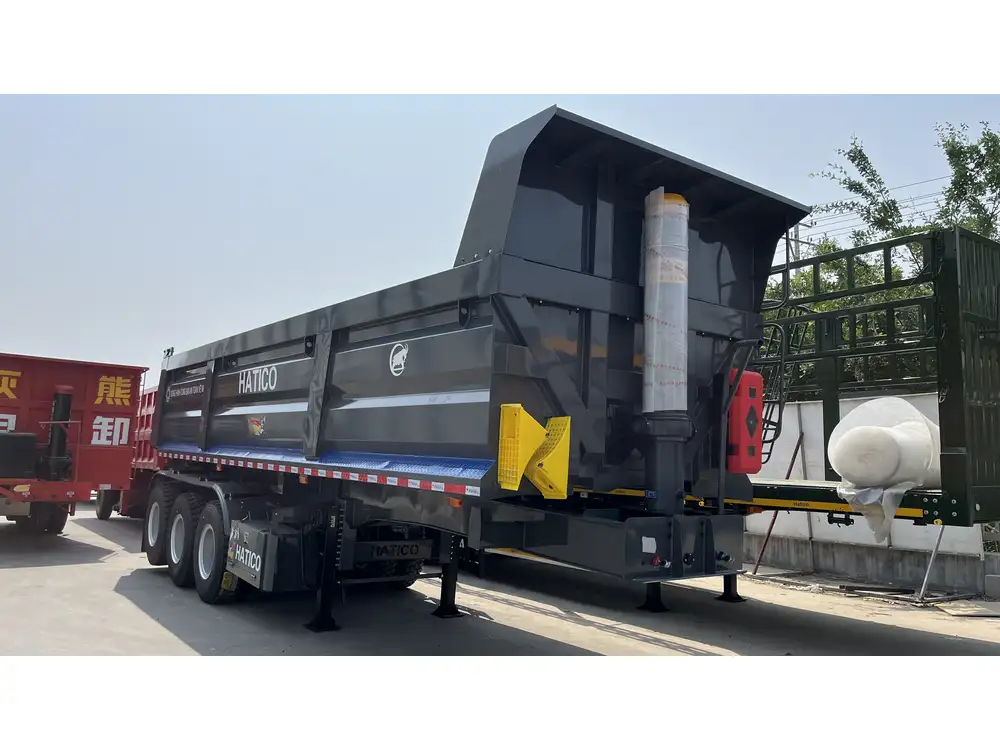When it comes to the performance and safety of semi-trailers, tire longevity is a paramount concern for manufacturers, fleet operators, and drivers alike. Understanding the lifespan of semi-trailer tires not only ensures the safety of road transport but also plays a crucial role in optimizing operational costs, improving efficiency, and enhancing overall performance. This article delves deep into the factors affecting tire longevity, industry best practices, maintenance tips, and insights to help you maximize your investment.
Factors Influencing Tire Longevity
Tire lifespan can vary significantly based on a multitude of factors. Understanding these can help in predicting wear and making informed maintenance decisions.
1. Tire Quality and Type
The type and quality of tires you choose for your semi-trailer are critical influencers. High-quality tires, designed for heavy loads and long-distance travel, generally last longer than cheaper alternatives. Specifically, consider:
| Tire Type | Typical Lifespan |
|---|---|
| All Position Tires | 60,000 – 80,000 miles |
| Drive Tires | 50,000 – 70,000 miles |
| Trailer Tires | 70,000 – 100,000 miles |

2. Load Capacity and Weight Distribution
Overloading or incorrect weight distribution can lead to excessive wear on tires. Adhering to the manufacturer’s recommendations for load capacity is essential. Furthermore, the arrangement of weight within the trailer impacts how evenly tires wear. Regularly checking load distribution can prevent premature tire degradation.
3. Road Conditions
The type of roads traveled significantly affects tire wear. Potholes, rough surfaces, and uneven terrain can hasten tire degradation. Conversely, smooth highways allow tires to perform optimally and prolong their lifespan. Seasonal changes also play a role—winter conditions can be especially harsh on tires due to ice and snow.
4. Driving Habits
Aggressive driving, which includes rapid acceleration, hard braking, and high-speed cornering, can drastically reduce tire life. Fleet operators should prioritize driver training focused on smooth driving practices to maximize tire longevity.

5. Maintenance Practices
Regular tire maintenance is indispensable for extending the lifespan of semi-trailer tires. Below are critical aspects to consider:
Tire Pressure Monitoring: Maintaining optimal tire pressure is vital. Under-inflated or over-inflated tires can lead to uneven wear and increased susceptibility to blowouts. Check PSI levels regularly to ensure they align with manufacturer specifications.
Regular Rotations: Just like passenger vehicle tires, rotating semi-trailer tires can promote even wear, extending their service life.
Alignment Checks: Misalignment can cause uneven tire wear. Regular alignment checks and adjustments should be part of your maintenance schedule.
Tread Inspections: Monitoring tread depth is crucial. Tires with less than 4/32 inches of tread depth should be replaced to ensure safe traction.
Estimating Semi-Trailer Tire Lifespan
While individual tires can vary, the industry-standard range for lifespan provides a general framework. On average, tires on semi-trailers last between 50,000 and 100,000 miles based on the previously mentioned factors.
A Closer Look at Tread Patterns and Indicators
Tread patterns not only affect the performance of the tire but also its longevity. As tires wear down, specific indicators signal when it’s time for a replacement.
Tread Wear Indicators: Most modern tires come with built-in indicators. Once the tread wears down to the indicator level, it’s time to replace them.
Uneven Wear Patterns: If you notice uneven wear—such as cupping or scalloping—this often indicates alignment issues or improper inflation. Addressing these concerns can help prolong tire life.

Seasonal Considerations and Tire Performance
Seasonal changes necessitate adjustments in tire management.
Winter Preparations
- Winter Tires: Depending on your region, consider investing in winter-specific tires, which provide enhanced traction in cold, snowy conditions.
- Pressure Fluctuations: Be mindful that cold weather can lower tire pressure. Regular checks are particularly important during winter months.
Summer Considerations
- Heat Effects: High temperatures can aggravate tire wear. Monitor tire pressures closely during hot summer months to prevent blowouts.

Utilizing Tires for Seasonal Loads
- Specific Tire Choices: Tailor your tire choice according to seasonal freight. For instance, some tires are formulated for specific conditions or loads, maximizing lifespan and performance.
Cost-Benefit Analysis of Tire Investments
Investing in high-quality tires might initially seem costly; however, the longevity and reduction in replacement frequency provide considerable long-term savings. Here’s a quick overview of potential costs versus benefits:
| Investment | Short-Term Cost | Long-Term Savings |
|---|---|---|
| High-Quality Tires | 30% higher cost | 20-50% less frequent replacements |
| Regular Maintenance | Maintenance fees | Reduces unexpected breakdown costs |
| Proper Inflation | Minimal effort | Enhances fuel efficiency and reduces wear |
User Questions: Addressing User Knowledge Gaps

What Signs Indicate That My Tires Need Replacement?
Tires can display various signs indicating an imminent need for replacement, including:
- Cracks or bulges in the sidewall
- Significant tread wear or irregularities
- Vibration or noise while driving
How Can Proper Maintenance Extend the Life of My Tires?
By adhering to scheduled maintenance practices such as tire rotation, pressure checks, and alignment assessments, you can extend your tire life significantly. The upfront investment of time and resources in maintenance will yield multiple benefits, including safety and cost savings.
Can Weather Conditions Really Affect Tire Lifespan?
Yes, extreme weather conditions can accelerate wear. For instance, excessive heat can lead to tire blowouts, while freezing temperatures can cause cracking. Understanding these effects helps in making better tire choices tailored to your driving conditions.

Conclusion: Maximize Your Tire Investment
Taking into account the complex interaction between various factors influencing tire longevity is essential for maximizing the return on your investment in semi-trailer tires. By prioritizing high-quality materials, adhering to maintenance best practices, and adjusting for seasonal demands, fleet operators and owners can optimize performance and safety on the road.
Make informed decisions regarding tire purchases and maintenance to ensure that your semi-trailer fleet operates at peak efficiency and longevity. As the road ahead beckons, let’s ensure your tires are equipped to go the distance safely.



